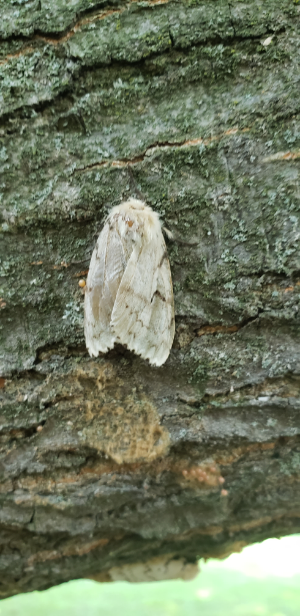New York State Department of Environmental Conservation (DEC) and Department of Agriculture and Markets (DAM) today announced that eight existing Emerald Ash Borer (EAB) Restricted Zones have been expanded and merged into a single Restricted Zone in order to strengthen the State’s efforts to slow the spread of this invasive pest.
The new EAB Restricted Zone includes part or all of Albany, Allegany, Broome, Cattaraugus, Cayuga, Chautauqua, Chenango, Chemung, Columbia, Cortland, Delaware, Dutchess, Erie, Genesee, Greene, Livingston, Madison, Monroe, Niagara, Oneida, Onondaga, Ontario, Orange, Orleans, Oswego, Otsego, Putnam, Rensselaer, Rockland, Saratoga, Schenectady, Schoharie, Schuyler, Seneca, Steuben, Sullivan, Tioga, Tompkins, Ulster, Wayne, Westchester, Wyoming, and Yates counties.
The EAB Restricted Zone prohibits the movement of EAB and potentially infested ash wood. The map is available on the DEC website http://www.dec.ny.gov/animals/7253.html.
“The expanded Restricted Zone for the destructive pest Emerald Ash Borer will help to slow the spread of this tree-killing beetle, protecting millions of ash trees in New York,” said DEC Commissioner Basil Seggos. “DEC will continue our efforts to slow the spread of this beetle and do what we can to help communities prepare for EAB.”
“It’s critical that we continue to track the Emerald Ash Borer and adjust our efforts to combat and slow the spread of this invasive beetle that damages and kills ash trees in both our forested and urban settings,” said State Agriculture Commissioner Richard A. Ball. “By expanding the Restricted Zone, we can ensure that EAB and potentially infested ash wood does not leave the quarantine areas.”
Emerald Ash Borer (Agrilus planipennis) or “EAB” is a serious invasive tree pest in the United States, killing hundreds of millions of ash trees in forests, yards, and neighborhoods. The beetles’ larvae feed in the cambium layer just below the bark, preventing the transport of water and nutrients into the crown and killing the tree. Emerging adult beetles leave distinctive D-shaped exit holes in the outer bark of the branches and the trunk. Adults are roughly 3/8 to 5/8 inch long with metallic green wing covers and a coppery red or purple abdomen. They may be present from late May through early September but are most common in June and July. Other signs of infestation include tree canopy dieback, yellowing, and browning of leaves.
EAB was first discovered in the United States in 2002 in southeastern Michigan. It was also found in Windsor, Ontario, Canada the same year. This Asian beetle infests and kills North American ash species (Fraxinus sp.) including green, white, black and blue ash. Thus, all native ash trees are susceptible.
EAB larvae can be moved long distances in firewood, logs, branches, and nursery stock, later emerging to infest new areas. These regulated articles may not leave the Restricted Zone without a compliance agreement or limited permit from the Department of Agriculture and Markets, applicable only during the non-flight season (September 1 - April 30).
Regulated articles from outside of the Restricted Zone may travel through the Restricted Zone as long as the origin and the destination are listed on the waybill and the articles are moved without stopping, except for traffic conditions and refueling. Wood chips may not leave the Restricted Zone between April 15th and May 15th of each year when EAB is likely to emerge.
For more information about EAB or the emergency orders, please visit DEC’s website. If you see signs of EAB attack on ash trees outside of the Restrictive Zone, please report these occurrences to the DEC’s Forest Health Information Line toll-free at 1-866-640-0652.

